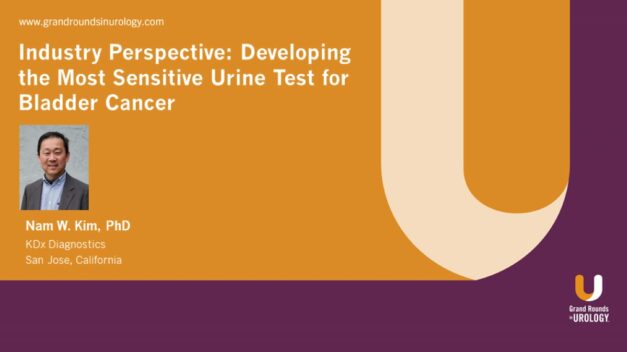Emerging Treatments for BCG Unresponsive Non-muscle Invasive Bladder Cancer
Amirali Salmasi, MD, Assistant Professor of Urology at the University of California, San Diego, discusses available and emerging treatments for bacillus Calmette-Guérin (BCG)-unresponsive non-muscle invasive bladder cancer (NMIBC). He begins by giving a brief history of intravesical BCG and explaining how BCG works, before moving on to discuss treatments for BCG-unresponsive NMIBC. Dr. Salmasi observes that valrubicin was the best available treatment for a long time, but suggests that some of the many emerging treatments may prove superior. He then summarizes recent and ongoing research into various potential therapies for BCG-unresponsive NMIBC, including: sequential gemcitabine and docetaxel; intravesical cabazitaxel, gemcitabine, and cisplatin; chemohyperthermia treatment; CG0070, an oncolytic adenovirus; superagonist N-803; intravesical nadofaragene firadenovec gene therapy; and pembrolizumab. Dr. Salmasi concludes that, for the moment, the gold standard treatment for a patient with BCG-unresponsive bladder cancer remains radical cystectomy, but he argues that if someone is not eligible for or turns down cystectomy, pembrolizumab is now the go-to rather than valrubicin, although this may change depending on the results of some of these ongoing trials.
Read More
